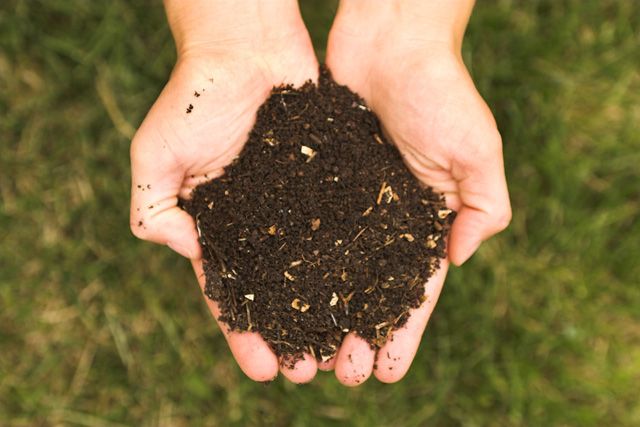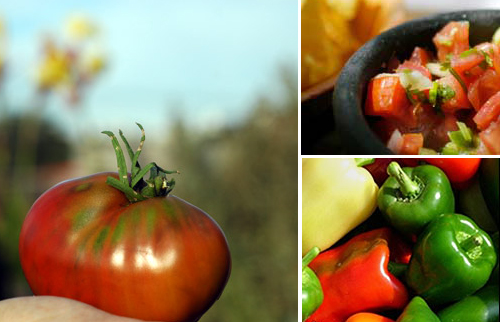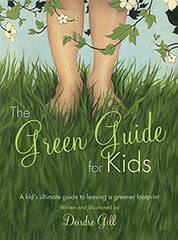
This week at the Green Guide for Kids we will be talking about gardening. Spring is right around the corner (yeah!) it's a great time to think about planning a garden. First things first, you'll need some nutrient rich soil. Compost tackles so many concerns at once, from organic fertilizer to reducing your household waste. Here's a little background info to get you started:
Dirt, Glorious Dirt
Next to your brother’s shoes, there is nothing stinkier in your house than your garbage can. The reason that garbage smells so bad is also the same reason that cow manure stinks, and why landfills are such a danger to our climate. What you smell is methane, that dangerous greenhouse gas we talked about. Methane gas is the by–product of anaerobic bacteria slowly breaking down the garbage. Because the garbage in landfills is compacted together, only Anaerobic bacteria (meaning without air) can survive. Aerobic bacteria (meaning with air) thrive in compost heaps where there is plenty of oxygen. In fact, millions of microscopic organisms set up camp in a compost piles, quickly devouring and recycling its contents to produce a rich organic fertilizer known as humus. This process does not produce methane and therefore should not stink. That is, unless, your brother decides to compost his socks.
You can cook up your own compost pile in your own yard by following this easy recipe. Here’s what you do:
The ingredients:
Green plant matter: fresh plant material such as weeds, grass clippings, fruit and vegetable scraps, tea bags, coffee grounds and filters.
Brown plant matter: dried plant matter such as fallen leaves, branches, straw, cornstalks, newspaper and sawdust.
Air: remember that those aerobic bacteria need oxygen.
Water: they also need water. Keep your compost moist like a wrung out sponge.
Directions:
1) Choose a place in your yard that is level and approximately 3x3 feet.
2) Put down the brown and green matter.
3) Cover the pile with an inch of soil and mix well.
4) Turn the pile every week to let air in. Keep the pile moist.
5) Stand back and let the chemistry happen! In 10-12 weeks you’ll have a nice pile of cooked organic soil.
Did you know?
—The average household produces more than 200 pounds of kitchen waste every year.
—The U.S. Environmental Protection Agency cites landfills as the single largest source of methane emissions to the atmosphere.















